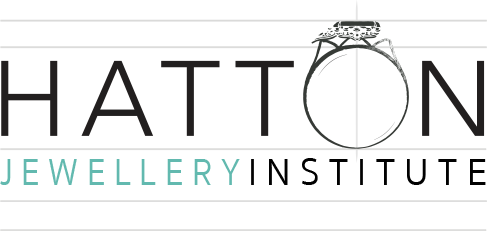The Value of investing in Creativity - Nathalie Melville
The value of creativity & creative training within the luxury industries and how it affects your bottom line.
Creativity is either seen as aspirational, or expendable…depending on who you are talking to.
Within the luxury industries - jewellery in particular - you would imagine that creativity is seen as the cornerstone to the successful longevity of a brand’s growth and stability, and is subsequently invested in accordingly.
However, all too often asset value is prized above all else with creativity being seen as a marketing strategy rather than a core value. Of course, brands will adapt to global market variations, but, to highlight the mantra of new brands and emerging designers, “you cannot be all things to all people”. This rings most true for brands that lean too heavily on asset value products alone. Ultimately you are relying on name recognition for clients to pay your luxury brand price premium.
This exposes brands to a far greater risk of depressed sales, as access to raw materials at a consumer level has become increasingly easy, especially within Asian markets - allowing clients to price compare at a basic level. In this scenario, if the value proposition of the piece is purely a combination of brand loyalty and asset value, the client pool will rapidly shrink.
This risk is greatly reduced when the materials are the vehicle to showcase original and exceptional design. Design and creativity cannot be price compared and embody the essence of your brand that truly connects your customer to you…
This is not exclusively the domain of the design teams, ateliers and workshops. Understanding the importance and value that creativity and iconic design instils in products that carry a higher cost, is the role of everyone from designers and craftsmen, through to the marketing, pr and sales teams.
Hatton Jewellery Institute has had years of experience working with a range of teams within the high jewellery sector. Hong Kong has a significant presence of luxury brands, but mainly marketing, sales and strategy teams, rather than creative teams. As such, outside of team and department heads, we found that most team members have limited, or no, experience of design studios, traditional European style workshops, or their brand’s creative process.
For some product lines this is not a limitation. Well versed and connected sales teams can communicate asset value exceptionally well. However, we find, when collections that carry a stronger design focus are launched, we are called in to give the front line teams an introduction to craftsmanship and design processes to ensure teams are trained beyond the material value of the product. As the head of training for one particular household brand explained to us, as soon the discussion with clients strayed beyond the raw materials, they experienced a drop in sales.
With creative thinking and design appreciation becoming a growing norm in everyday society, and particularly in the affluent customers of luxury brands, it is time brands with global followings invest in the creative mindsets of their non-creative teams. In reality, there should be no such thing as a non-creative team. Just because you are not the one wielding the paintbrush or soldering torch doesn’t mean you should not be as well versed in the heritage of the skills that bring these works of art to life.
Nathalie Melville
Founder
Hatton Jewellery Institute

